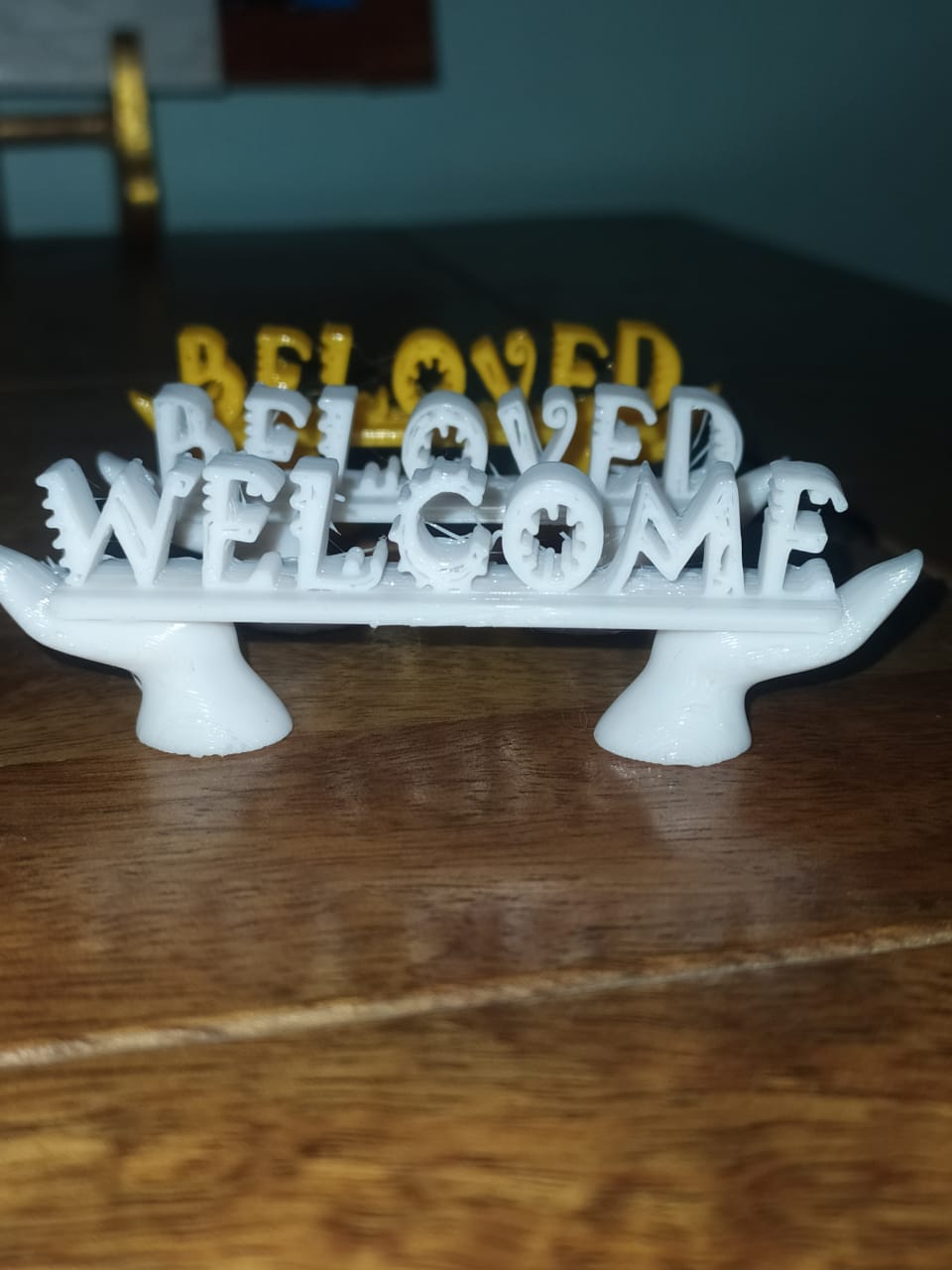Introduction: In this article, we’ll explore the fascinating world of 3D printing by addressing five of the most commonly asked questions in the field.
Who invented 3d printing?
Where 3D printing is used?
How 3D printing works?
Which 3d printing material is the strongest?
Can 3D printing be used for mass production?
Lets get dive into them one by one.
Who Invented 3D Printing?

First, let’s delve into the origins of 3D printing. Chuck Hull, the inventor of this groundbreaking technology, paved the way for a new era in manufacturing when he developed stereolithography (SLA) in 1983.
For more info check wiki page: https://en.wikipedia.org/wiki/Chuck_Hull
Where is 3D Printing Used?
Next, we’ll examine the diverse applications of 3D printing across industries. From aerospace to healthcare, architecture to fashion, the versatility of this technology knows no bounds.
For more research : Search
How Does 3D Printing Work?
Now, let’s demystify the process behind 3D printing. By understanding the intricate steps involved in designing, slicing, and printing objects layer by layer, you’ll gain insight into this revolutionary manufacturing technique.
For more research : Search
Which 3D Printing Material is the Strongest?
Determining the strength of a 3D printed object depends on several factors, including the printing technology, the material properties, and the intended application. While metals like titanium and stainless steel are renowned for their strength and durability, other materials such as carbon fiber-reinforced polymers and certain engineering-grade plastics also offer high strength-to-weight ratios.
Each material has its advantages and limitations, and the choice often depends on the specific requirements of the project. Engineers and designers must carefully evaluate factors such as mechanical properties, cost, and manufacturability when selecting the most suitable material for their application.
By considering these factors, they can ensure that the 3D printed parts meet the required performance standards and deliver optimal results in their respective industries.
Can 3D Printing be Used for Mass Production?
The potential for 3D printing to be used for mass production has been a subject of much discussion and exploration in recent years. While 3D printing excels in certain aspects of manufacturing, such as rapid prototyping, customization, and low-volume production, its scalability for mass production is still evolving.
Advantages for Mass Production:
- Customization and Complexity: One of the key advantages of 3D printing in mass production is its ability to produce highly customized and complex parts without the need for additional tooling or setup costs. This flexibility is particularly beneficial in industries such as healthcare, where personalized medical devices and implants are in high demand.
- Reduced Material Waste: Traditional subtractive manufacturing methods often result in significant material waste due to the need to remove material from a larger block or sheet. In contrast, 3D printing is an additive process, where material is deposited only where needed, leading to minimal waste and potentially lower material costs.
- On-Demand Production: 3D printing enables on-demand production, allowing manufacturers to produce parts as needed, reducing inventory costs and the risk of overproduction. This just-in-time manufacturing approach can streamline supply chains and improve efficiency.
Challenges for Mass Production:
- Speed and Throughput: One of the primary challenges of using 3D printing for mass production is its relatively slow printing speed compared to traditional manufacturing methods. While advances in technology have improved printing speeds, it may still not be sufficient for high-volume production.
- Cost Considerations: While 3D printing can offer cost savings in certain scenarios, such as reducing the need for tooling and customization, the cost per part can still be higher than traditional manufacturing methods, especially for large production runs.
- Material Selection and Properties: The range of materials suitable for 3D printing is continually expanding, but not all materials are suitable for mass production applications. Material properties such as strength, durability, and heat resistance may vary, requiring careful consideration and testing for specific use cases.
Conclusion:
In conclusion, 3D printing continues to revolutionize the manufacturing industry with its versatility, customization capabilities, and potential for on-demand production. While it has made significant strides in applications such as rapid prototyping and low-volume production, its scalability for mass production is still evolving. Despite challenges such as speed, cost, and material limitations, ongoing advancements in technology and process optimization are expanding the possibilities for using 3D printing in mass manufacturing. As researchers, engineers, and manufacturers continue to innovate and overcome these challenges, the future of 3D printing as a mainstream manufacturing method looks increasingly promising. With its ability to create complex geometries, reduce waste, and enable customization, 3D printing is poised to play a significant role in shaping the future of production across industries.

